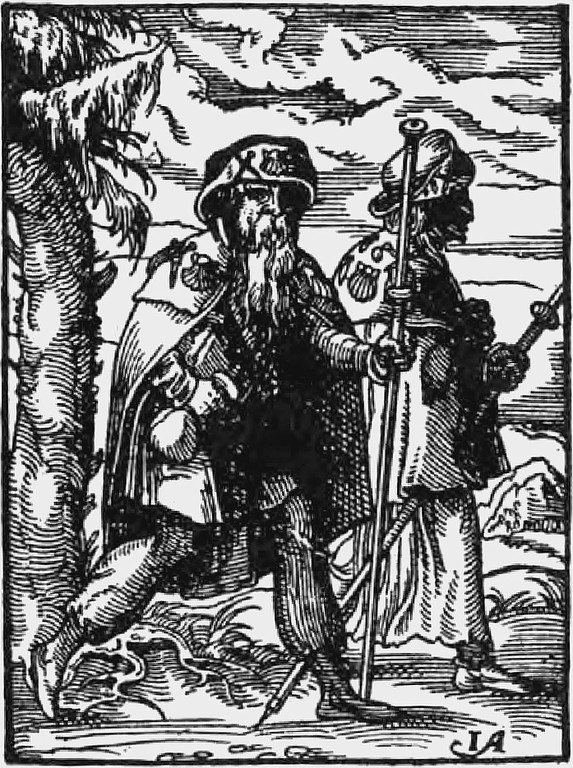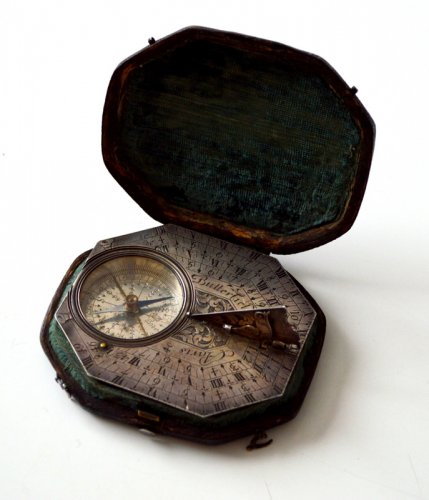Travel
1300-1500
Who travels, who does not, and why?
Who does not: especially rural peasants; urban poor
Who does:
traders, international businesspeople and their crews
- Destinations: mainly other trade centers
- Longer-term foreign residence: nazione; fondaco
Diplomats
Nobles and royals:
- Official visits: an important part of diplomacy
- Crusades
Non-nobles not traveling for international business
- Mercenaries and other soldiers
- Pilgrimages
Crusades
1095—fall of Acre 1291
Beyond Holy Lands:
- Albigensians
- Reconquista
- Normans in Sicily;
- Teutonic Knights I: 1229-1290s; II 1410
Pilgrimage to Santiago de Compostela

St. James
9th c origins

Pilgrim: Detail from church in Santiago de Compostela
 |
 |
Rome and pilgrims
“The Veronica: (Sudarium): at Hospital of Santo Spirito (Borgo), to St Peters 1297
|
Undated miscellany; Oratio de sancta Veronica followed by Mirabilia Rome, Bibliotheca Hertziana: Dg 450-891 Coll. rom. fol. 15v |
Mirabilia. Rome: Blado, 1516 |
|
Pilgrim with Veronica at top of his hat. Detail: Triumph of the Church Militant (1366-7), Spanish Chapel, Santa Maria Novella, Florence |
Fifteenth-century pilgrim badge. London, British Museum |
Fifteenth-century pilgrim badge. London, Museum of London |

1300 Jubilee: Boniface VIII
Geography and Knowledge
Classical sources:
Ptolemy (ca 100-170) Geography. Latin translation 1407; print 1470

Map (Florence, mid 15th c) based on Ptolemy using his first projection (modified conic)
Another projection (British Library)
Sailing expertise:
Tools: compass; astrolabe

Late 17th c compass and sundial made by Michael Butterfield
portolan charts







